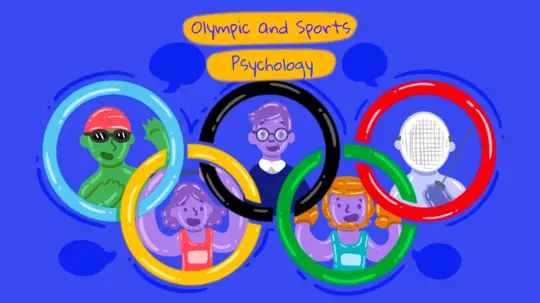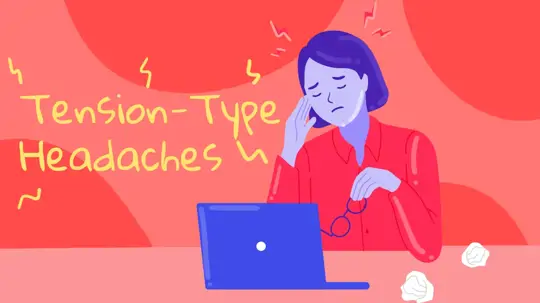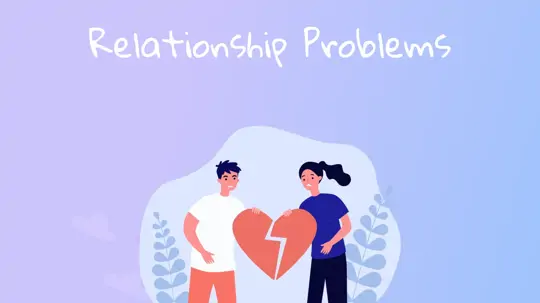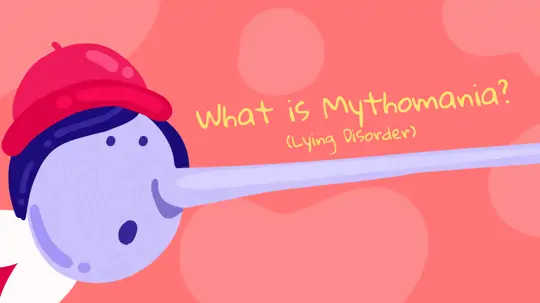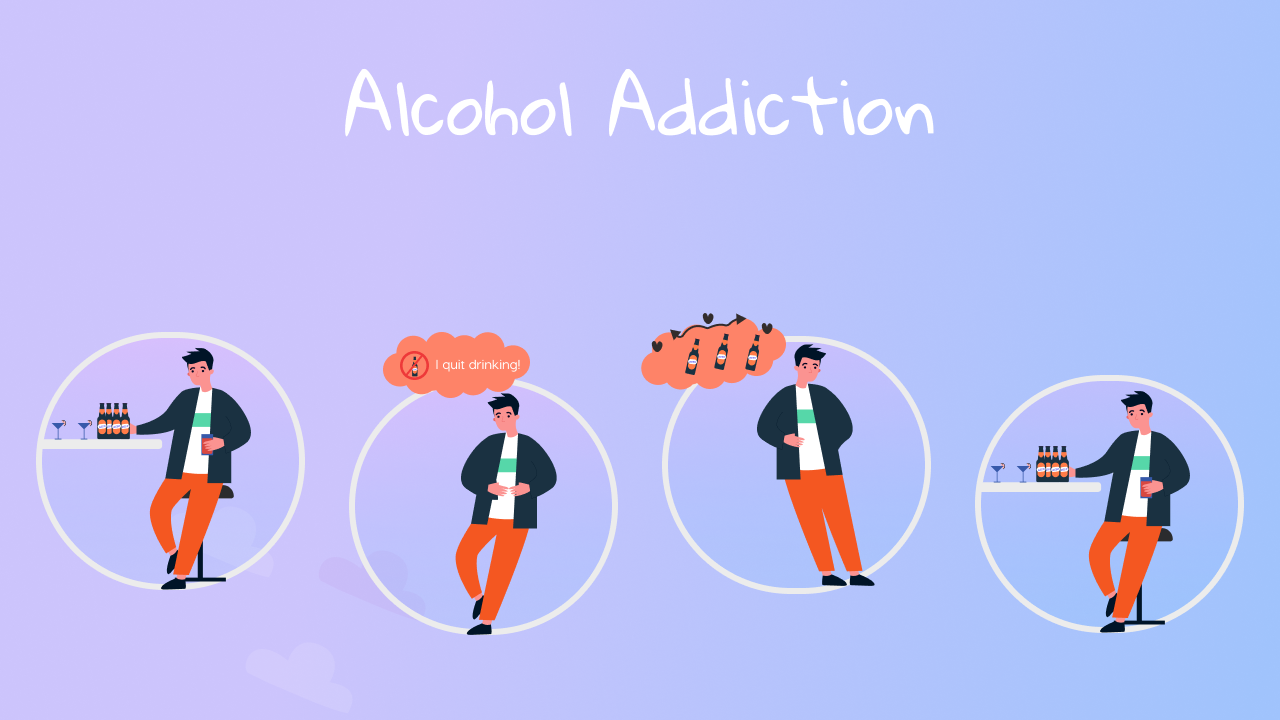
Start feeling better today!
Connect with your therapist today and take control of your life like our 850.000 happy clients.
Get StartedWhat is Alcohol Addiction?
Alcoholism is also known as alcohol dependence or alcohol use disorder. According to the World Health Organization, alcoholism is a disease that causes serious health problems and is a use disorder caused by repeated or constant use of alcohol1, 2.
In general, the individual with an alcohol use disorder realizes the dangers of alcohol after a while, but finds it difficult to stop drinking, which can lead to stressful situations for both the person and those around them3. This article discusses the effects of alcohol as well as the symptoms and stages of alcohol addiction.
Effects of Alcohol
Alcohol addiction, also known as alcohol use disorder, is a mental condition that requires treatment if a person's mental, physical, and social health suffer as a result of long-term alcohol consumption, but they are unable to control their desire to consume alcohol3, 4.
According to the World Health Organization, more than three million people die each year from alcohol-related causes, with 7.2 people under the age of 69 dying from alcohol-related causes. According to another study, 13.5% of deaths in the 20-39 age group are caused by alcohol-related causes3.
Excessive alcohol consumption, on the other hand, is not only dangerous to one's health. While alive, a person may face a variety of physical, psychological, and social issues1, 4, 5:
Physiological Effects of Alcohol
Alcohol can cause many physiological problems and diseases with long-term use:
- Esophageal, laryngeal, stomach, and pancreatic cancers
- Heart and circulatory diseases
- Severe liver damage
- Diabetes complications
- Sexual dysfunction and menstrual problems
- Weakening of the immune system
- Muscle wasting, tingling in hands and legs, balance problems
- Headaches
- Sleep disorders
Psychological Effects of Alcohol
In addition to the above psychological and physiological effects, long-term alcohol consumption and the desire to drink alcohol may cause the following psychological problems:
- Mood swings, anger outbursts, and crying attacks
- Worry, panic, fear
- Depressive symptoms
- Not feeling safe
- Harming oneself
- Inability to enjoy previously enjoyed activities due to damage to the brain's pleasure region
- Difficulty controlling one's impulses, inability to control oneself
- Memory problems or loss
- Disruption of brain functions such as critical thinking and decision making
- Difficulties understanding and grasping
Social Effects of Alcohol
Alcoholic human behaviors may also cause a person to be unable to fulfill medium and long-term responsibilities or to avoid social situations.
- Economic challenges
- Dropping out of school or declining academic performance
- Increased likelihood of violence and criminal activity
- Getting fired
- Marriage and family problems
- Workplace accidents or poor performance

Stages of Alcohol Addiction
The physiological, psychological, and social effects of alcohol have already been mentioned. So, knowing these consequences, why do people turn to heavy alcohol consumption and become addicted? Ögel et al. break down the situation into three stages4:
Trial Stage
Each person's path to addiction is unique. Some expect pleasure, while others expect it to heal or distract them from problems such as stressful situations, social phobia, or insomnia. At this point, the individual believes that they can stop drinking whenever they want.
Regular and Risky Use Stage
Although addiction has not yet developed, the risk of developing addiction increases as alcohol consumption frequency increases. Risky behavior and the frequency of consumption with friends both increase. In some cases, the person's group of friends may also change. When the drug is stopped, fatigue, depression, an increase in aggressive outbursts, and a decrease in pleasure can occur.
At this point, the person begins to develop an alcohol addiction, which, like diabetes or hypertension, becomes a chronic disease. The cessation of alcohol consumption at this stage is a significant step toward avoiding the problems that will arise in the following stage.
A person addicted to alcohol can control their chronic disease if they stop drinking at this stage, just as a diabetic who remains a diabetic for life can control their diabetes if they stop consuming sugar. However, if the individual restarts alcohol consumption, they may progress to the addiction stage.
Dependency Stage
Addiction is a chronic disease. A physical dependence on alcohol develops as a result of long-term, consistent, and frequent consumption. Because the amount of alcohol consumed previously was insufficient and did not provide the desired pleasure, indicating increased tolerance, the person increases alcohol consumption in order to achieve the same level of pleasure as before.
Heart palpitations (tachycardia), excessive sweating, tremors, nausea, vomiting, insomnia, anxiety, headache, worsening in bowel movements, loss of appetite, and hypertension are all observed when alcohol consumption is reduced or stopped. Other symptoms are accompanied by more advanced symptoms such as hallucinations, psychotic symptoms, confusion, agitation, and hyperactivity1, 4.
Symptoms of Alcohol Addiction
How is alcoholism diagnosed? What source should we check if we believe a loved one has an alcohol addiction? Psychiatrists diagnose alcohol use disorder in people who have at least two of the following symptoms in a 12-month period and have clinically significant distress or impairment in functionality, according to the DSM-5 diagnostic criteria3:
- Drinking more or longer than planned
- A persistent desire to stop or control alcohol use
- Devoting a lot of time to activities necessary to obtain, use, or recover from alcohol
- Feeling sluggish, having a strong urge to drink alcohol, or feeling compelled to do so
- Recurrent alcohol use leading to failure to fulfill major responsibilities at work, school, or home
- Continuing to drink despite relationship problems caused or exacerbated by drinking
- Stopping or reducing important social, work-related, or recreational activities due to alcohol use
- Repetitive use of alcohol in potentially dangerous situations
- Continuing to drink despite a physical or mental problem that drinking is likely to cause or exacerbate
- Having developed a tolerance to alcohol
Criteria for Developing Alcohol Tolerance
- The need to consume significantly increased amounts of alcohol to achieve the desired effect
- Getting less of the desired effect despite continued use of the same amount of alcohol
Treatment of Alcohol Addiction
We previously stated that alcoholism is a chronic brain disease. We cannot expect the brain to recover and the addiction to disappear immediately due to the nature of addiction. A flexible and long-term program must be provided, and the inner world of the alcoholic person must be well understood for this4. There are eight components in the treatment of alcohol addiction, according to the model that Ögel developed based on various studies. These are as follows7:
Medical Support
It addresses the regulation of drug treatments by psychiatrists against the person's withdrawal symptoms, the desire for substance use, the possibility of relapse, and other psychiatric issues associated with addiction.
Social Support
It addresses the identification of and support for risks and needs such as economic conditions and the need for housing.
Informing the Person About Addiction
It includes informing the addicted person about the effects of alcohol, the concept of addiction and the recovery process, infectious diseases, and legal information.
Mental Support
It addresses the treatment of diseases that frequently accompany alcohol addiction, such as depression, anxiety disorder, attention deficit and hyperactivity disorder, mental trauma, and psychosis, as well as symptoms that cause addiction to persist, such as impulsivity, the need for risk - taking behaviors, and anger management in individual and group therapy.
Collaboration with Family
It includes a comprehensive evaluation of the family's attitude towards addiction, family ties, and parenting skills, as well as making appropriate interventions.
Organizing Life
It includes evaluating and regulating leisure activities, friendship and family relationships, healthy living habits, and the living environment.
Setting Goals
It includes setting concrete, realistic, and small goals for addiction recovery.
Preventing Relapse
It entails practicing skills for coping with emotions, thoughts, and desires that can encourage relapse, as well as actions to take in emergencies and longstanding coping methods.
Given all of this, we strongly advise you to seek professional help as soon as possible if you believe you or someone close to you is at high risk of developing addiction. Remember that the sooner you break free from this cycle, the sooner you will see results.
You can go to the Alcohol and Substance Addiction Treatment Center (AMATEM) or the Green Crescent Counseling Center (YEDAM) for more detailed information and support, and you can also receive support from Alcoholics Anonymous (AA) support groups.
p>
Dysfunctional Beliefs on Alcohol Addiction
There are some common dysfunctional beliefs that many alcohol-dependent individuals may face during or after treatment. If these beliefs are not recognized and the situation is not addressed realistically, the individual will find it difficult to break free from this vicious circle7. Here's a rundown of some of the most common dysfunctional beliefs:
Dysfunctional Belief (Realistic Approach)
I can't sleep when I don't drink alcohol. (Realistic Approach: If you drink alcohol, you may fall asleep soon, but you will not be able to wake up rested in the morning, and you will need more alcohol to sleep.)
Only addicted people get addicted; it doesn't happen to me. (Realistic Approach: Nobody drinks with the intention of becoming addicted to alcohol. This can happen to anyone, but it can happen to you too.)
Everyone thinks I'm an alcoholic anyway, so let me justify that. (Realistic Approach: Many people may think that you cannot control your alcohol consumption, but if you try, you can control it and prove the opposite.)
It is very difficult to pass the days without alcohol. (Realistic Approach: You can spend the day without drinking alcohol by dedicating your time and focus to the things you need to do or value.)
I will drink only one glass. (Realistic Approach: It will never be just one.)
My withdrawal symptoms are so bad that they go away if I drink alcohol. (Realistic Approach: Your withdrawal symptoms make you feel bad at the moment, but if you hold on a bit, you will see that these bad feelings will pass, just like your withdrawal symptoms.)
It's been a long time since I've drunk. So now I can control my alcohol use. so I can drink one. (Realistic Approach: Why waste your time and put yourself at risk when you've done a great job abstaining from alcohol? You've said this many times before, and do you really want to go back to the beginning?)
I had a very stressful day. I deserve a drink. (Realistic Approach: You've had a stressful day and need to relax. However, drinking alcohol will not solve your problems and may make them worse.)
When I drink, I do no harm to anyone. (Realistic Approach: If you consume risky amounts of alcohol, you will harm yourself first.)
Conclusion
In short, your mind will set many traps for you during the phase of quitting alcohol, and falling for these traps will unfortunately set you back in your treatment process. You will be the winner at the end of the day if you act with awareness of these.
Alcohol Addiction Risk Test
To find out if your alcohol consumption is risky or dangerous, take the free, scientifically-backed Alcohol Use Disorders Identification Test and check out our other psychological tests.
Sources
- Green Crescent (2021). What is alcohol addiction? https://www.yesilay.org.tr/en/addiction/alcohol-addiction?gclid=Cj0KCQiAveebBhD_ARIsAFaAvrE9T3L0-KgLOw1nLhXtP-lO0joOIe-PrBtdRUvxCknywThOeLOv9
- World Health Organization (2022, May 9). alcohol. https://www.who.int/news-room/fact-sheets/detail/alcohol
- American Psychiatric Association (2013). Diagnostic and Statistical Manual of Mental Disorders. (5th Ed). American Psychiatric Association. Ögel, K., Guliyev, C., Tuna, Z. O., Tekin, K., Kalkan, Ö., Bezek, S., & Bektaş, D. (2021). Addiction: 66 principles for healing. Uçurtma Publications.
- Klingemann H., Gmel G. (2001). Introduction: Social consequences of alcohol — the forgotten dimension? In H. Klingemann & G. Gmel (Eds). Mapping the Social Consequences of Alcohol Consumption. Springer.
- Ogel, K. (2017). Addiction counseling matrix. Individual addiction treatment program (BIBAP). Yeniden Publications.
- Mitcheson, L., Maslin, J., Meynen, T., Morrison, T., Hill, R., & Wanigaratne, S. (2010). Applied cognitive and behavioral approaches to the treatment of addiction: A practical treatment guide. John Wiley & Sons.
